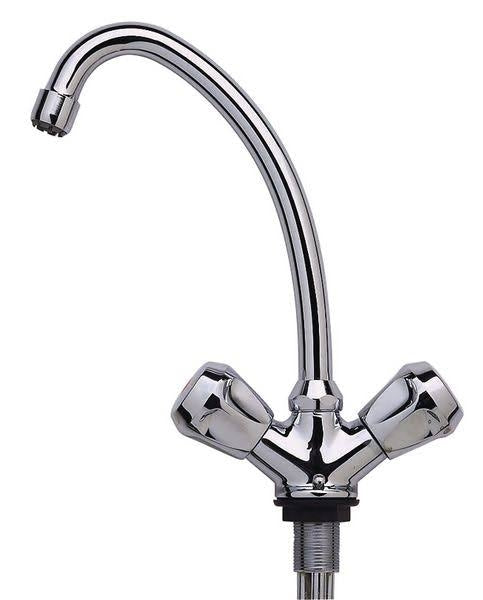Vented water heaters, also known as gravity-fed systems, are a traditional and common type of hot water cylinder, particularly in older homes. The key characteristic of a vented system is that it is not sealed and relies on a cold water storage tank, usually located in the loft, to supply the cylinder.
Here is a breakdown of the primary categories of vented water heaters:
1. Direct Vented Water Heaters
These cylinders heat the water internally using one or more electric immersion heaters. They are a simple, self-contained solution for heating and storing hot water.
- How they work: The cylinder is filled with cold water from a storage tank in the loft. A thermostat controls the electric immersion heater, which heats the water directly inside the tank. The system is "vented" via a pipe that runs from the cylinder up into the cold water tank, allowing for the safe expansion of water as it heats and preventing pressure buildup.
- Key Features:
- Stand-alone System: Ideal for properties without a central boiler or as a backup hot water source.
- Simplicity: Their straightforward design makes them less expensive to install and maintain compared to unvented systems.
- Economy 7: Many models are designed with a second, lower immersion heater to take advantage of off-peak electricity tariffs (like Economy 7) for cost savings.
2. Indirect Vented Water Heaters
These cylinders rely on an external heat source, such as a boiler, to heat the water inside the cylinder. They are the most common type of vented cylinder in homes with a central heating system.
- How they work: The cylinder contains a coiled pipe called a heat exchanger. Hot water from an external source (e.g., a gas boiler) is pumped through this coil, which transfers heat to the domestic water in the cylinder without the two liquids ever mixing.
- Key Features:
- Energy Efficient: The overall efficiency of the system is tied to the efficiency of the boiler.
- Solar Compatibility: Some indirect cylinders have an extra coil to connect to a solar thermal system, allowing for the use of renewable energy.
- Backup Option: They can also be fitted with an electric immersion heater as a backup, ensuring a hot water supply even if the boiler fails.
3. Combination Cylinders
This is a space-saving variation of the vented system, designed for smaller properties or those with limited loft space.
- How they work: A combination cylinder integrates the cold water storage tank and the hot water cylinder into a single unit. The cold water cistern is located at the top, and the hot water cylinder is below it. The system is still gravity-fed, but the all-in-one design eliminates the need for a separate tank in the loft.
- Key Features:
- Space-Saving: Reduces the space needed for a full vented system.
- Easy Installation: Simplifies installation by combining two components into one.
- Limitations: The reduced height difference between the cold water tank and the outlets can result in a lower flow rate than a standard vented system.
The Defining Characteristic: Gravity-Fed System
All vented water heaters are fundamentally defined by their reliance on gravity to create water pressure. Water from the cold water storage tank in the loft flows down to the cylinder due to the force of gravity. This means:
- The water pressure at the taps and showers is low, and its strength depends on the height difference between the cold water tank and the outlet.
- The system is "open" or "vented," with a pipe connecting the cylinder to the cold water tank, which acts as a safety vent for any pressure created by heating.
- They are often cheaper to install and maintain but may require a pump to boost the water pressure for a more powerful shower.







